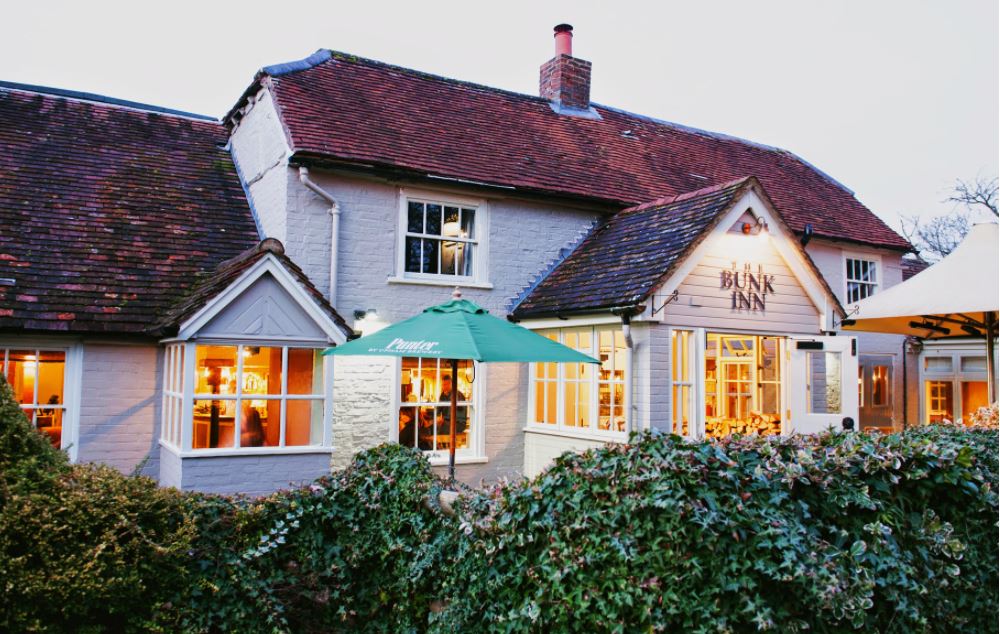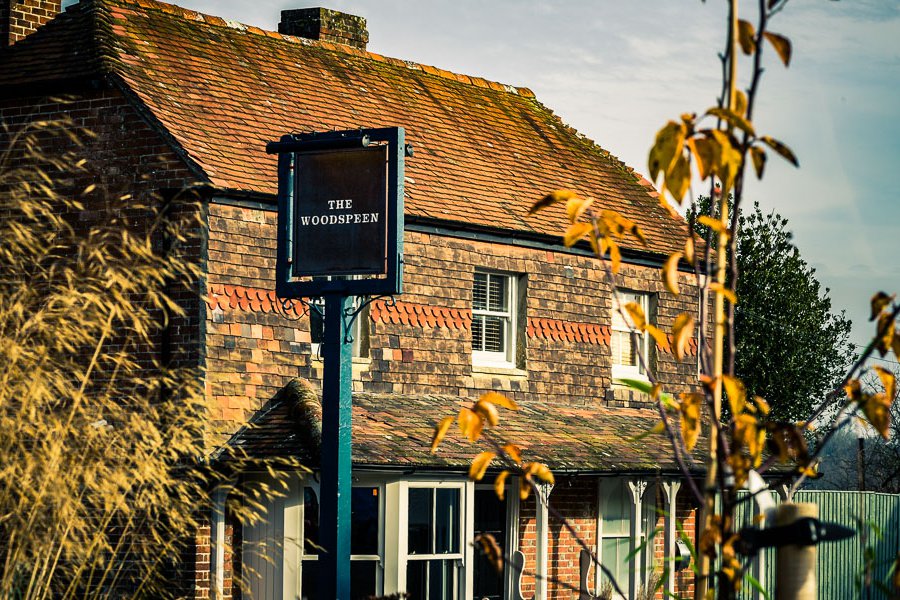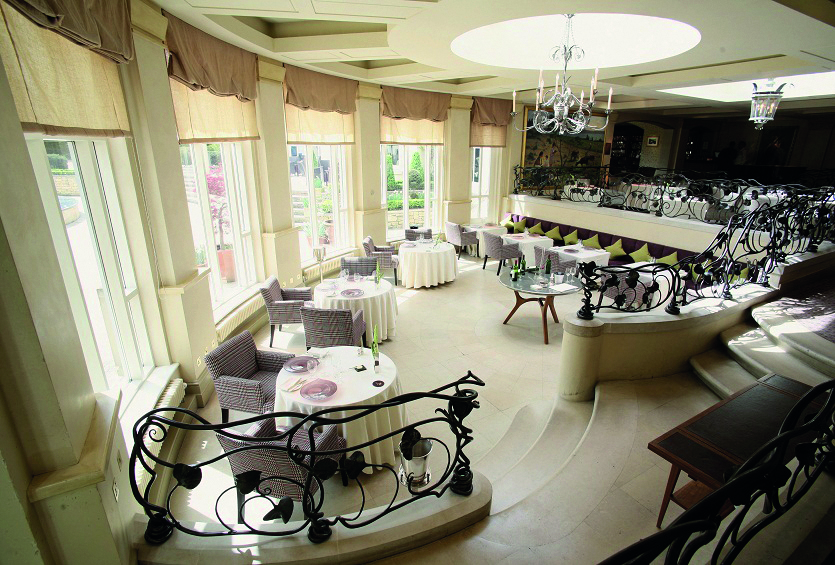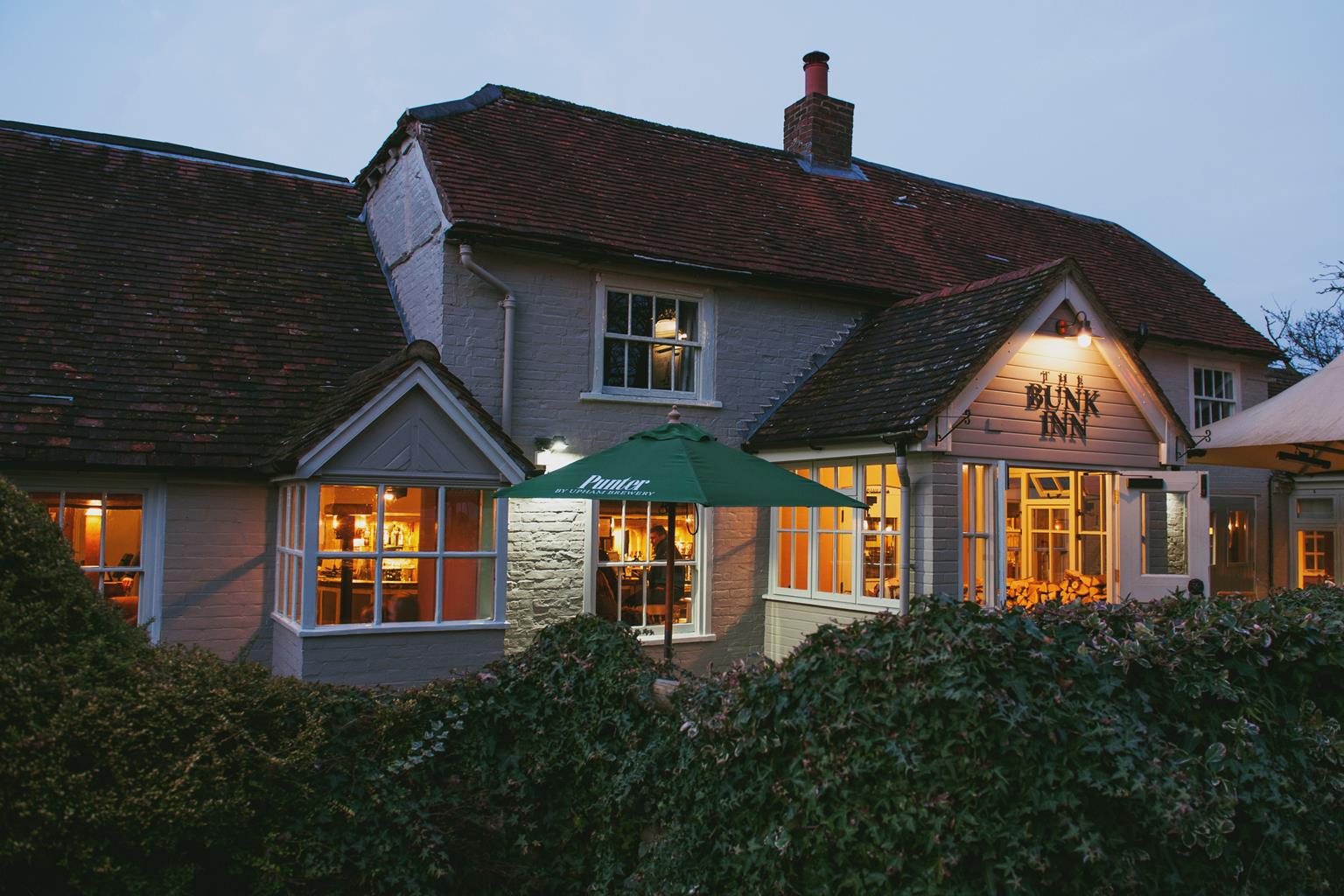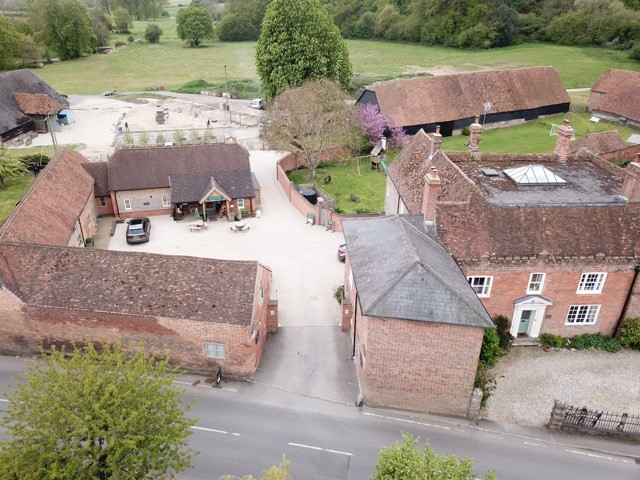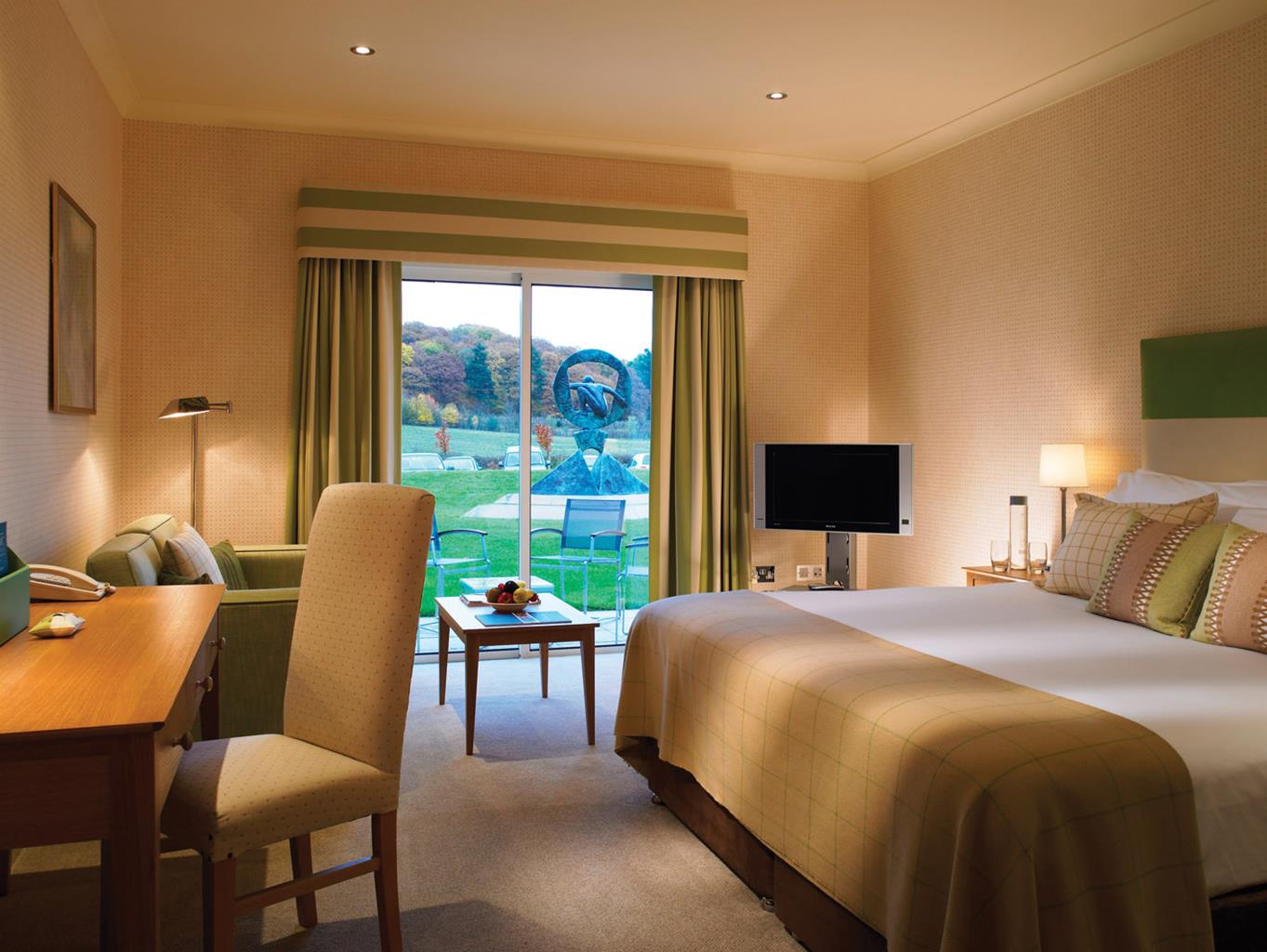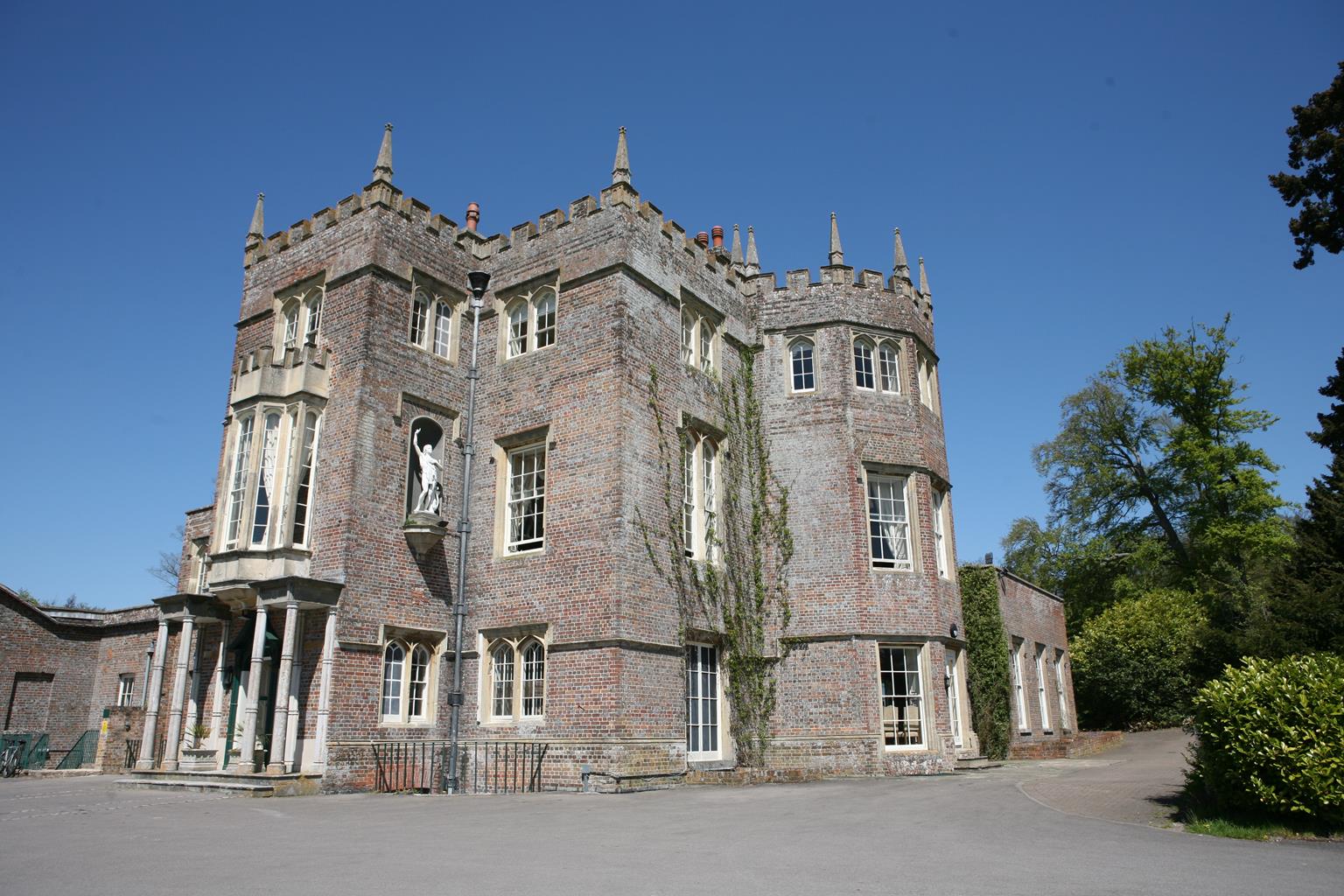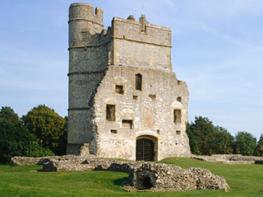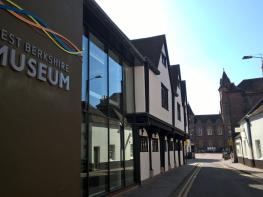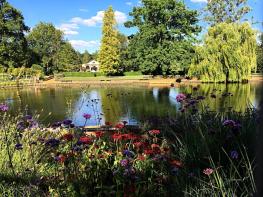The Bunk Inn is a quintessential English pub set in the pretty village of Curridge, close to…
Hermitage and Little Hungerford

6 miles (9.7kms)
About the walk
One of Britain’s most famous and most outspoken 20th-century writers lived quietly in a Berkshire village at the end of World War I. He came here in unusual circumstances and deliberately chose a low profile. But why?
Local suspicion
During the early years of the war, David Herbert Lawrence (1885–1930) and his bride, Frieda, lived near St Ives in Cornwall. Frieda, however, was German – and living among people who had lost, and were still losing loved ones in the terrible battles of the Great War, meant she was never going to be accepted by the local community. To make matters worse, Lawrence was a pacifist and, contrary to the fashionable opinions of the day, openly opposed the war. Ill health gave him a genuine reason not to fight, but his outspoken views and choice of bride hardly endeared him to either the villagers or the authorities. So perhaps it was no great surprise when, in one of his many letters, he wrote: ‘Sudden blow! We are served with notice to leave the area of Cornwall by Monday next... by the military. It is a complete mystery to me – complete.’
The couple moved to Hermitage, near Newbury, in December 1917, renting a small cottage from a friend. It was a quiet, out-of-the-way kind of place, but even here Lawrence and his wife were not left alone. While living at Chapel Farm Cottage, they received regular calls from the police.
Walking and writing
Despite still being harassed, Lawrence enjoyed life in Berkshire and particularly enjoyed walking in the immediate area. He was able to combine his knowledge of the countryside with his skill as a writer, using prose and imagery to convey his love of creation. A keen artist and gardener, Lawrence would also write at great speed, and it was while living at what is now called Warborough Cottage that he undertook some revision of earlier work, including Women in Love (1921). During the two years he lived at the cottage Lawrence worked on various short stories, several novels and some poetry.
Of all his writing, the story most closely associated with Hermitage is The Fox, first published in 1923 in Three Novellas. The story is set at Bailey Farm, which Lawrence based on Grimsbury Farm, just outside the village. The setting for the farm, the surrounding countryside and the nearby railway are all faithfully recreated, while the nearby market town is undoubtedly Newbury. Lawrence left Hermitage for Italy in November 1919.
Walk directions
With Hermitage Village Hall at your back, turn right, then first right into Doctors Lane. Cross a stile by a private road sign and head across the field to the next stile. Pass beneath power lines and make for a kissing gate in the boundary of the woodland ahead. Take the left fork and follow the footpath through the trees as far as a cottage to your left. Turn left when you reach the track, go past the cottage entrance, and veer right after 100yds (91m) at a public footpath sign onto a narrow path (which may be overgrown at the start). This drops sharply down through woodland to a lane. Turn right and walk along the lane to the hamlet of Oare. Go past its church and turn right into a lane with a small pond (which may be dry) on your left.
Go through a waymarked side gate and continue alongside a hedge. Leave the field at Little Hungerford and turn right onto the road beside a school. Turn left into Chapel Lane and follow the road round the right-hand bend. Pass Deacon Lane, then Pond Lane. Lawrence’s former home, now called Warborough Cottage, is on the corner as you head for the next road junction; its front entrance is in Pond Lane and its rear garden backs on to Chapel Lane. At the main road turn left, then almost immediately right onto a public footpath leading into Box Wood. Cross a stile and follow the track straight ahead deep into the wood until you eventually reach a waymarked post (green-and-white man symbol), immediately before a bridleway.
Turn right here and follow the (sometimes very muddy) track through the trees, keeping left at a fork, to eventually reach a road. Cross over by a bungalow and continue on the next section of track. Turn right at the next road and walk along to the turning for Boar’s Hole Farm, left. Follow the track to the farm and continue to a sharp left-hand bend. Go through the gate, right, and make for a gate and house in the field corner. Keep to the right of the house, via a gate, then turn right at a track bend and crossroads, passing through a galvanised metal gate onto a restricted byway.
Follow the woodland track and keep right at the fork. Cross a stream and pass a left turning. Take the next left path by a stream and pass over a staggered junction. Turn right by the pond, then first left, cutting through the trees. Swing right at the next junction and follow the track as it keeps climbing. Now within the ramparts of ancient Grimsbury Castle, keep left at the junction and make for the road by the castellated cottage. Turn right and walk along to the road junction. Bear left and return to Hermitage.
Additional information
Field and woodland paths and tracks, some road; 3 stiles
Extensive woodland with areas of open farmland
Under control in woods and on lead near livestock
OS Explorer 158 Newbury & Hungerford
Limited parking in Hermitage
None on route
WALKING IN SAFETY
Read our tips to look after yourself and the environment when following this walk.
Find out more
Also in the area
About the area
Discover Berkshire
Berkshire essentially consists of two distinct parts. The western half is predominantly rural, with the Lambourn Downs spilling down to the River Lambourn and the Berkshire Downs to the majestic Thames. The eastern half of Berkshire may be more urban but here, too, there is the opportunity to get out and savour open spaces. Windsor Great Park and Maidenhead Thicket are prime examples. Threading their way through the county are two of the South’s prettiest rivers – the Lambourn and the Pang. Beyond the tranquil tow paths of the Kennet and Avon Canal, Greenham Common’s famous airbase has been transformed to delight walkers of all ages.
Reading and Newbury are the county’s major towns, and the River Kennet flows through them both. Reading is a vibrant, multicultural centre with great shopping and plenty of history. Oscar Wilde was incarcerated in Reading prison in the late 19th century, and wrote The Ballad of Reading Gaol about his experience. Newbury is probably best known for its race course, which opened in 1905, although the first recorded racing at Newbury was a century before that. Famous people born in the county include Catherine, Duchess of Cambridge, Kate Winlset and Ricky Gervais.
Nearby stays
Restaurants and Pubs
Nearby experiences
Recommended things to do
Why choose Rated Trips?
Your trusted guide to rated places across the UK
The best coverage
Discover more than 15,000 professionally rated places to stay, eat and visit from across the UK and Ireland.
Quality assured
Choose a place to stay safe in the knowledge that it has been expertly assessed by trained assessors.
Plan your next trip
Search by location or the type of place you're visiting to find your next ideal holiday experience.
Travel inspiration
Read our articles, city guides and recommended things to do for inspiration. We're here to help you explore the UK.

